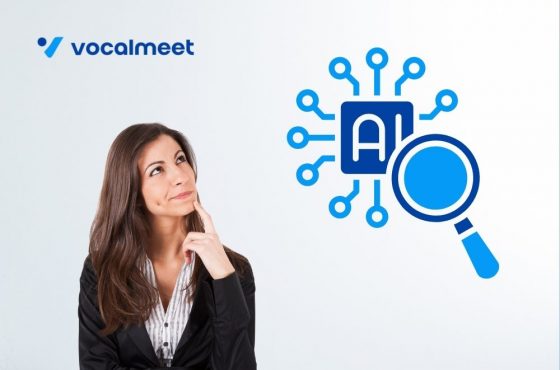Are You Getting the Most Out of Your E-Learning?
While associations everywhere have adopted e-learning as part of their membership programs and are benefitting from a more integrated and involved body of members, fully maximizing on e-learning’s potential requires frequent change and adaptation. As online learning strategies and techniques continue to improve, the e-learning industry evolves to incorporate these new methods. Even though access to e-learning at its most basic is still a benefit to members, years of practice and development have shown there is a better and more effective way of doing things.
Every year, associations are discovering new and improved e-learning strategies. Above all else, accessibility and simplicity are the keys to success. To get the most out of e-learning, members need constant access to manageable and relevant learning modules and associations need to accommodate that. The following five considerations are some of the most important elements of e-learning, each proving to be extremely useful for associations when developing an online course.
Chunking Content
Content chunking certainly isn’t a new learning concept. It was first developed in the 1950s as a way to improve comprehension and simplify complex topics, but, with e-learning, chunking seems to have found a perfect home. Since most online learners prefer to study in a series of small time slots, e-learning requires micro-modules and bite-sized bursts of information. This is why content chunking works wonders for e-learning. The general rule of thumb for chunking content is to first create a content map. Content is then separated and grouped into a logical chain of information, with each point on the map or chain representing a pivotal concept in the learning module. At each step, the learner takes on a concept that is broken down into small bits of information, usually made up of five items or less. Once one concept or step is complete, the learner moves on to the next level, which should build off prior learning.
Mobile Learning
For modern learners, multi-device accessibility is nearly as important as having basic online access. Members do not want to be limited by what devices they can use to access e-learning. By granting access to learning modules anytime and anywhere, mobile learning takes e-learning from an isolated experience to one that’s more involved and public. This enhanced accessibility, however, means that the e-learning content must be equally accessible and easily digestible. Cue content chunking. Without chunking, learners are forced to break up large modules and content themselves, possibly pushing off learning until they have a large amount of time available and thus defeating the accessibility of mobile learning altogether.
Rapid E-Learning
The concept of rapid e-learning is sometimes conflated with chunking, but the generally accepted definition refers to content creation. Specifically, rapid e-learning is the process that allows associations to turn teachable content into courseware quickly and efficiently. This does a number of things for both associations and member learners: it reduces the development time and costs for associations, allows for maximum relevancy of subject matter, decreases maintenance and response times, and lowers the costs for end-users. Perhaps most importantly, rapid e-learning enables associations to focus more on content and less on design and coding. Courses are made easily by uploading recorded lectures, PowerPoint presentations or whatever style of course the association utilizes. Emphasis is placed on quality of content rather than complex program design.
Live Webinars
Since one of the primary benefits of e-learning is accessibility, webinars have become an integral facet of online learning. While limiting travel and event expenditures is a major consideration when hosting web events, the integration of webinars into e-learning has other advantages. For one, online forums and discussion groups lead to a very interactive experience for participants. Most in-person seminars hold questions to a minimum while the speaker is in action, but webinars allow for on-point discussions and real-time questions without the interruptions. This is incredibly useful for speakers and moderators as well, enabling them to gauge the interest levels and comprehension of the audience. Webinars are also powerful e-learning tools for their immediacy and rapid development capabilities. Associations can setup and distribute content with ease, all the while limiting the costs and time associated with in-person seminars and events.
Digital Marketing
Developing effective e-learning is only half the battle for associations. The other half is telling the world about it. While traditional marketing is still useful in many cases, a digital learning platform requires digital marketing to prosper. The people who thrive with e-learning are typically the same people who demand multi-device accessibility, content chunking and on-demand learning modules. The best way to find, reach and speak to the potential members that will benefit most from these modern e-learning elements is through digital marketing. It’s more than simply demonstrating an online presence. Associations that maintain an active digital marketing platform are better connected to the membership, establishing open lines of communication that help foster and grow a very visible and transparent community.



